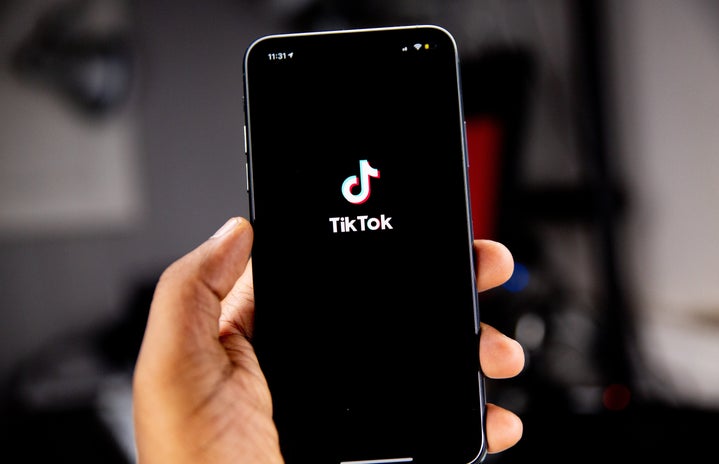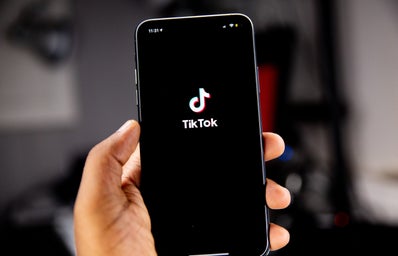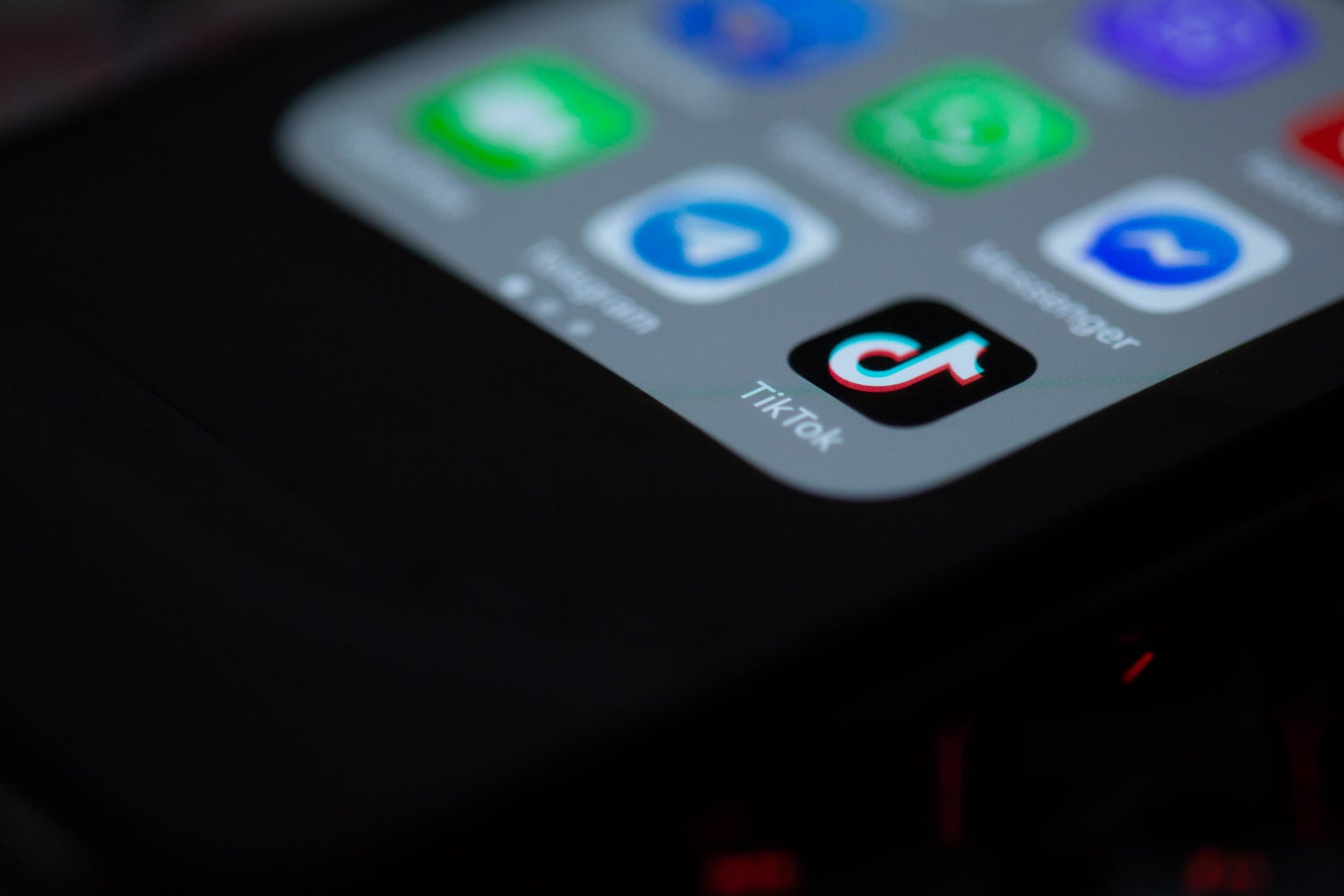In recent months, TikTok has coined a new— mildly offensive—term to further categorize beauty standards. It’s what they call “ugly hot.” What does this mean? Well, no one’s really sure. Roughly, it seems to be defined as a person—most likely a man—who is unconventionally attractive, yet still hot. Even if we cannot harshly define the term, there’s still lots to be said about its societal implication on how we view male beauty standards.
Let’s start with a few examples. When you enter “ugly hot celebrities” into a search browser, here’s a composite list of the most commonly featured names: Jeremy Allen White, Adam Driver, Jake Johnson, Wiz Khalifa, Jason Schwartzman, amongst others. However, one thing I find particularly interesting about this phenomenon is how many of the men commonly deemed ugly hot are not, in fact, ugly. They’re simply not the cookie cutter image of a euro-centric beauty standard. Obviously, beauty is subjective. However, historically speaking, there’s a defined, white-washed set of qualities that define a standard of beauty for humans. For men, this standard is usually as follows: pale skin, light eyes, straight teeth, small noses, fit physique, high cheekbones, and facial symmetry. Though these standards are certainly in decline, they still influence our perception of beauty. This is clearly represented in trends like the “ugly hot” man.
As previously mentioned, oftentimes these men who are labeled as “ugly hot” do not reflect Eurocentric beauty standards represented and encouraged in the modern West. When you take a closer look at these publications of lists of “ugly hot” men, you’ll notice the deviations they possess from the beauty standard. This usually manifests itself as a lack of facial symmetry, large noses, and crooked teeth—characteristics that do not fit the rigid rules of the male beauty standard. Whether we realize it or not, calling these men “ugly hot” only further enforces the concept of a beauty standard, a standard our generation has allegedly worked so hard to dismantle.
Another important aspect to recognize when considering the male beauty standard is the way in which it centers white men with European features. This beauty standard has uplifted white characteristics for centuries, implying that the characteristics of non-white people aren’t fit to be considered the standard of beauty. In addition to this, many of the celebrities listed as “ugly hot” on various sources are non-white or white men with non-European features, lacking high cheekbones, narrow nose, and thin lips, amongst other characteristics. In doing this, not only do we imply that these men are not conventionally attractive enough to be considered plain and simply “hot,” but we also further enforce and build on centuries of standards built to encourage whiteness and eurocentrism.
Finally, calling somebody “ugly hot” is just mean. Even if we disregard the nuance of the term, it is still unkind. It tells men that even if they are considered to be somewhat attractive they are still ugly to some extent. Additionally, “ugly hotness” usually pertains to facial features, ones almost impossible to change (if not for cosmetic surgery). In an age where body-positivity is at an all time high, the irony in the term “ugly hot” is lost on nobody. Why have we let this term slip through the cracks of our efforts to inspire people to be kind to themselves? Should men whose features are not strictly outlined in the beauty standard feel as though they are not worthy of the basic respect of simply not being called ugly?
The recently popularized term “ugly hot” highlights the importance our society still puts on adhering to beauty standards. Despite our efforts to move towards a more body-positive culture, we still create these trendy terms that seem to praise those with white or European features, and dismiss those without them. This only further builds on concepts long perpetuated in the modern West: you lack “true” beauty without whiteness.



